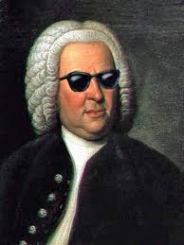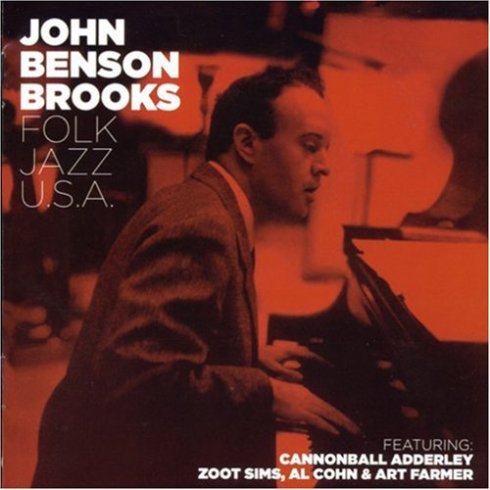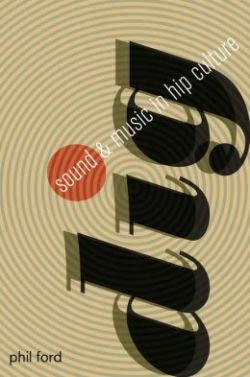I’ve read two books on Bachs recently. One was John Eliot Gardiner’s biography-with-a-twist called Bach: Music in the Castle of Heaven, which I enjoyed, though it may be more interesting to musicians (especially choral conductors) than the general public.
The other book-on-a-Bach is called Dig: Sound and Music in Hip Culture by Phil Ford, a professor at Indiana University. The Bach I’m referring to here is not the estimable J.S. Bach (as cool and hip as he is),
but my Uncle John Benson Brooks (1917-1999),
a jazz musician whose life in music is held up in Ford’s very interesting book as a mirror of hip culture.
First, indulge my little game with names. “Bach” in German means “brook,” and of course Johann is the German equivalent of “John.” So my Uncle John could be thought of as the American reincarnation of Johann Bach – though that thought perhaps needs a certain amount of marijuana to loosen the literal translation of “Brooks,” which is not “Bach,” but Bäche. But marijuana was very much a part of hip culture, so I think I am justified in calling upon its mind-expanding qualities to make the association.
In any event, I recommend the book, which is described on the Amazon site: “Hipness has been an indelible part of America’s intellectual and cultural landscape since the 1940s. But the question What is hip? remains a kind of cultural koan, equally intriguing and elusive.”
“In Dig, Phil Ford argues that while hipsters have always used clothing, hairstyle, gesture, and slang to mark their distance from consensus culture, music has consistently been the primary means of resistance, the royal road to hip. Hipness suggests a particular kind of alienation from society–alienation due not to any specific political wrong but to something more radical, a clash of perception and consciousness. From the vantage of hipness, the dominant culture constitutes a system bent on excluding creativity, self-awareness, and self-expression. The hipster’s project is thus to define himself against this system, to resist being stamped in its uniform, squarish mold. Ford explores radio shows, films, novels, poems, essays, jokes, and political manifestos, but argues that music more than any other form of expression has shaped the alienated hipster’s identity. Indeed, for many avant-garde subcultures music is their raison d’être. Hip intellectuals conceived of sound itself as a way of challenging meaning–that which is cognitive and abstract, timeless and placeless–with experience–that which is embodied, concrete and anchored in place and time. Through Charlie Parker’s “Ornithology,” Ken Nordine’s “Sound Museum,” Bob Dylan’s “Ballad of a Thin Man,” and a range of other illuminating examples, Ford shows why and how music came to be at the center of hipness.”
“Shedding new light on an enigmatic concept, Dig is essential reading for students and scholars of popular music and culture, as well as anyone fascinated by the counterculture movement of the mid-twentieth-century.”
Notice that the blurb doesn’t mention my Uncle John. That’s because his name won’t sell the book, though his career is the through line for the entire book, and he is the sole subject of the concluding chapter.
John Benson Brooks was my Aunt Peggy’s second husband, and their house on Gay St. in Greenwich Village was to me, growing up in the 1960s, truly the epitome of hip. But then, what did I know of hip as a not-quite-adolescent? The short answer is not much, though in reading Dig I was quite surprised to realize the degree to which my own life was influenced by the gravitational pull of a culture that I never felt a part of.
Dig is an acedemic book and so it is dense and jargony at times, but it possesses a writerly flair. There is only a small amount of close musical analysis (in which musical examples are deconstructed for their hidden hipster meaning), but I was not interested in the book because of the music, but rather as cultural critique.
I recommend the book. And you will become instantly cooler and more aware if you get your hands on it: my Aunt Peggy pointed out to me that the word “dig” on the book cover reads as “hip” if you turn it upside down!


